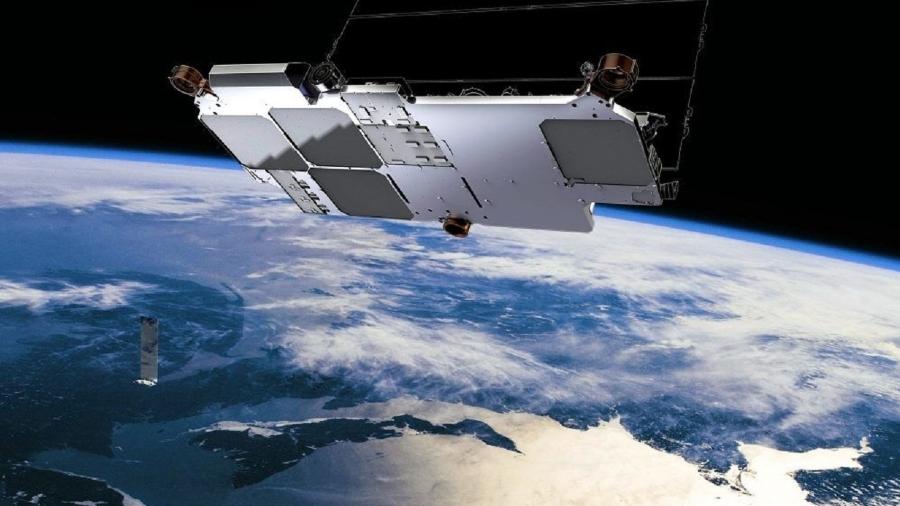Musk diz que picape elétrica Cybertruck terá versão com quatro motores nas rodas
BENGALURU, Índia (Reuters) - O presidente-executivo da Tesla, Elon Musk, afirmou nesta sexta-feira que a aguardada picape elétrica Cybertruck da companhia vai ter uma versão topo de linha equipada com quatro motores nas rodas.
"A produção inicial será uma variante com quatro motores, com controle de torque independente e ultra rápido de cada roda", disse Musk em sua conta no Twitter.
O executivo afirmou que a picape terá tração dianteira e traseira e que vai virar "não apenas como um tanque, mas poderá rodar na diagonal, como um caranguejo".
O veículo vai competir com picapes elétricas como a Hummer EV, a F-150 Lightning, da Ford, e a R1T, da Rivian. Destas, a R1T é equipada com quatro motores nas rodas e a Hummer pode rodar na diagonal.
A picape da Tesla, anunciada primeiramente em 2019, é produzida com aço inoxidável, e Musk já afirmou que o veículo já recebeu centenas de milhares de encomendas.
A produção da Cybertruck deve começar no próximo ano.
(Por Nivedita Balu e Akash Sriram)











ID: {{comments.info.id}}
URL: {{comments.info.url}}
Ocorreu um erro ao carregar os comentários.
Por favor, tente novamente mais tarde.
{{comments.total}} Comentário
{{comments.total}} Comentários
Seja o primeiro a comentar
Essa discussão está encerrada
Não é possivel enviar novos comentários.
Essa área é exclusiva para você, , ler e comentar.
Só s do UOL podem comentar
Ainda não é ? Assine já.
Se você já é do UOL, faça seu .
O autor da mensagem, e não o UOL, é o responsável pelo comentário. Reserve um tempo para ler as Regras de Uso para comentários.